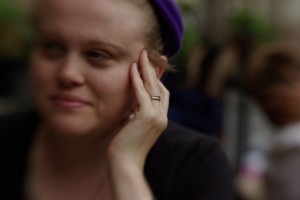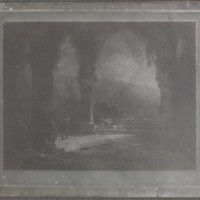I'm guessing that 'Authorities raiding the office' was pretty close to the bottom of Shuichi Takayama's, the President of Olympus', wish-list. But that's just what has happened, as a team of prosecutors attempts to get to the bottom of the accounting irregularities that have pervaded the company for the past two decades.
Japanese TV recorded a train of officials tramping their way into the office. It wasn't just Olympus' Tokyo HQ that was over-run, though. The home of ex-President Tsuyoshi Kikukawa and three offices of businesses that played their part in hiding Olympus' losses amounting to ¥117.7 billion (£960 million) were also raided.
Olympus has stated that intends to co-operate fully with the investigation and has issued an apology to its investors, shareholders, and customers for the 'troubles and worries' it has caused them. Their troubles and worries are far from over, I'd venture. Whatever the investigation might turn up, the raid isn't going to help Olympus' share prices, which have already taken a colossal hit since the scandal broke in late October. Furthermore, Olympus' revised accounts, submitted to the Japanese Stock Exchange a whisker before the 14 December 2011 deadline, have revealed a serious cash-flow problem that could prove even more serious without some rapid restructuring at the company. It's all looking a bit bleak.
(See also the BBC and The Guardian.)








